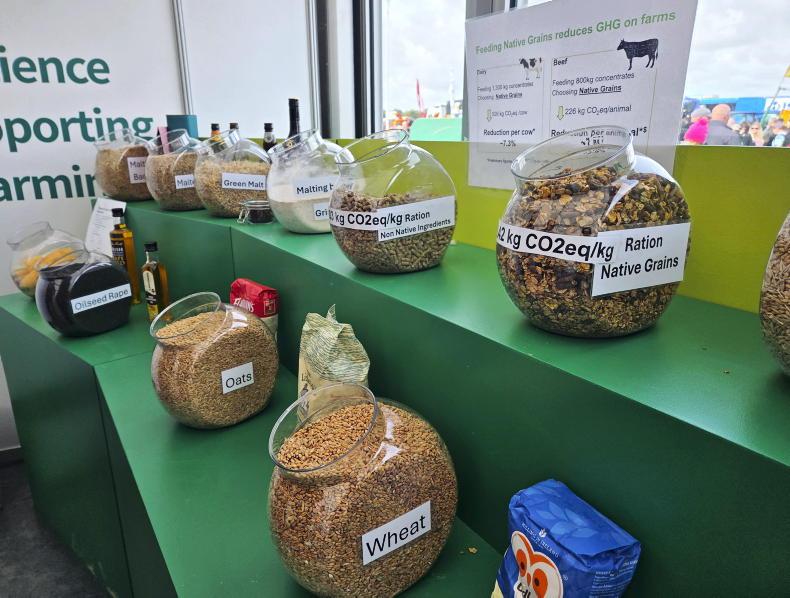There is no difference in grass growth between protected urea-based fertilisers and traditional CAN or urea fertilisers, according to a new update from Teagasc.
Teagasc researchers David Wall and Patrick Forrestal say that it is the weather that is to blame for the poor grass growth in 2024, not the nitrogen fertiliser type.
Based on the long-term nitrogen fertiliser type study at Johnstown Castle, the researchers say there is no difference in cumulative grass growth between the different types of fertiliser, with all fertiliser types growing in or around 7t of dry matter per hectare (DM/ha) up to 23 July.
The trial is carried out by applying the different types of nitrogen at the same rate multiple times per year and then measuring the grass growth response to each treatment up to a set date.
The first nitrogen application was 40kg N/ha on 7 February and the grass growth response was measured on 22 April.
At that time, the protected urea-based fertilisers, including NBPT Urea, NBPT + NPPT Urea and 2 NPT Urea produced similar or more grass as the CAN or urea-based nitrogen.
A second application of nitrogen was applied on 24 April, this time 60kg N/ha and the researchers said that the response to this was very poor.
“There was a poor response to applied N, regardless of the fertiliser N type, at an average 9kg DM/ha per kg N fertiliser applied. This was due to the effect of wet and waterlogged soils during late April and into May,” they said.
The best response to nitrogen came in the third application, when 60kg N/ha was applied on 23 May. There was an average response of 25kg DM of grass for every 1kg of N applied per hectare.
Higher response
There appears to have been a slightly higher response to CAN at this application than the other nitrogen types, but the differences are small.
A fourth application of 50kg N/ha was applied on 26 June and the researchers say that the response to this nitrogen was poor in the early part of the measurement, with just 12kg DM of grass for every 1kg of N applied per hectare.
“Overall, there was no difference between the different fertiliser types during this period.
“A similar experience for this period was observed on farms where grass growth rates were extremely low, with daily growth rates as low as 20kg to 25kg DM/ha/day reported,” the researchers say.
The research update, which was issued to advisers and those in the industry, acknowledges the discussion taking place among farmers and advisers around the efficacy of protected urea, but points to the weather as the reason for the poor growth.
“According to Met Éireann, June and July were the coldest since June 2015 and July 2020, respectively. Recorded grass growth rates during the peak grass growing months (April to June) have been lower than average.
“Total grass growth, recorded on PastureBase Ireland, was reduced by 1.2t DM/ha up to 3 July 2024,” the update read.










SHARING OPTIONS